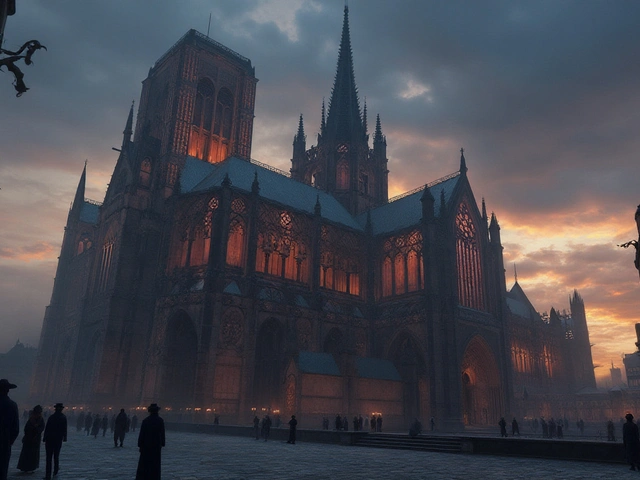Understanding Photorealism: A New Dawn in Art
Just the other day as I was out and about in Brisbane, stroking my dog, I stumbled upon this astonishing piece of photorealistic artwork at a nearby gallery. It was so lifelike, for a moment I felt like I was looking into a mirror. That marked my encounter with the world of photorealism, and trust me, once you dip your toes in this pool of art, there's no going back!
For those unfamiliar with the term, photorealism is an art genre in which artists strive to create paintings, drawings, or other artworks that resemble high-resolution photography. The level of detail in these artworks is so meticulous that you would easily mistake them for an actual photograph. But don't be fooled, each stroke, each dot, each dash is the result of painstaking effort and keen observation.
The Techniques that go into Photorealism
Unlike other forms of art, photorealism is all about precision and accuracy. Just like a kiss – if it's not with the right person, well, it's a waste of lips! Artists use a detailed grid system where the image is divided into smaller, manageable segments. This helps them focus on each tiny aspect of the image, maintaining precision. Using either charcoal or pencil, the artists sketch the image, focusing on the intricate details, lighting, texture and perspective. With the sketch as their guiding map, they then use oil or acrylic paints to bring color and life to the image.
Photorealism and the Digital World
Photorealism isn’t just confined to sketchbooks and canvases anymore. It has successfully marked a territory in the digital world, charming artists and technology enthusiasts alike. Think about the hyper-realistic video games graphics or the detailed animations in movies. I once spent an hour appreciating the fine details on the trolls in World of Warcraft - don't judge me! They’re all a testament to how photorealism has now become an integral part of our digital lives.
Apart from entertainment, digital photorealism is making inroads in fields like advertising, fashion, and architecture. Nobody has time for guesswork anymore. If I'm getting a house designed, I want to see how it would look in reality, not a rough sketch! Am I right, folks? Companies and clients want to see the most accurate representation of their products or projects and digital photorealism allows them to make it possible.
Appreciating Photorealistic Art: An Art in Itself!
Getting a grasp of a photorealistic piece isn't a child's play. It's as complicated as getting my wife, Isla, to decide which restaurant we should eat at for dinner tonight. You have to carefully observe the artwork, touch upon every detail, the shadows, the highlights, the textures, and only then can you fully comprehend the depth and dimension of a photorealistic piece.
A good tip for appreciating photorealistic art is to take a step back, squint a little and let the details fuse together. You'll start to see the bigger picture, unclouded by the intricate details. It's like getting a broader perspective on life – sometimes you need to step back to see the complete picture!
Having a Go at Photorealism? Brace Yourselves!
If you're thinking of taking up photorealism, be prepared for an exciting yet strenuous journey. If you thought climbing the Mount Coot-tha was challenging, wait until you have to create a photorealistic painting! You'll need a good eye for detail, immense patience and have to come to terms with the fact that you may have to spend countless hours for an artwork that others might mistake for a photo at first glance.
But, don't be disheartened. As one of my favorite quotes goes, "Art is never finished, only abandoned." So keep going until you're satisfied. After all, it's the journey that matters, not the destination.
Reality vs Representation: The Eternal Debate
The debate on realism and representation in art has been as long and controversial as the history of mankind itself. Some argue that photorealism, with its emphasis on capturing reality in its mesmerizing detail, is the ultimate form of representation. Others argue that true representation goes beyond mere imitation of reality, tapping into the subjective perception of the artist. A bit like getting into an argument with Isla about the color of the curtains – there's no winning end!
Whatever side of the debate you stand on, one thing's for certain: photorealism, with its stunning intricacy and complex techniques, has carved out a space for itself as a standalone genre in the vast maze of art. So here's to the art of capturing life on canvas and beyond, in all its glorious minutiae. Photorealism, folks, is the future of art and it's here to stay!




